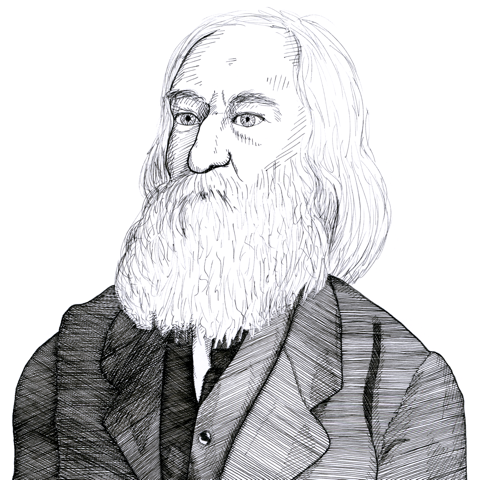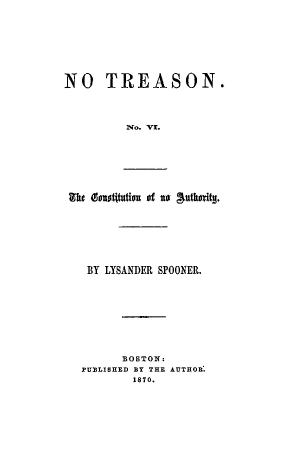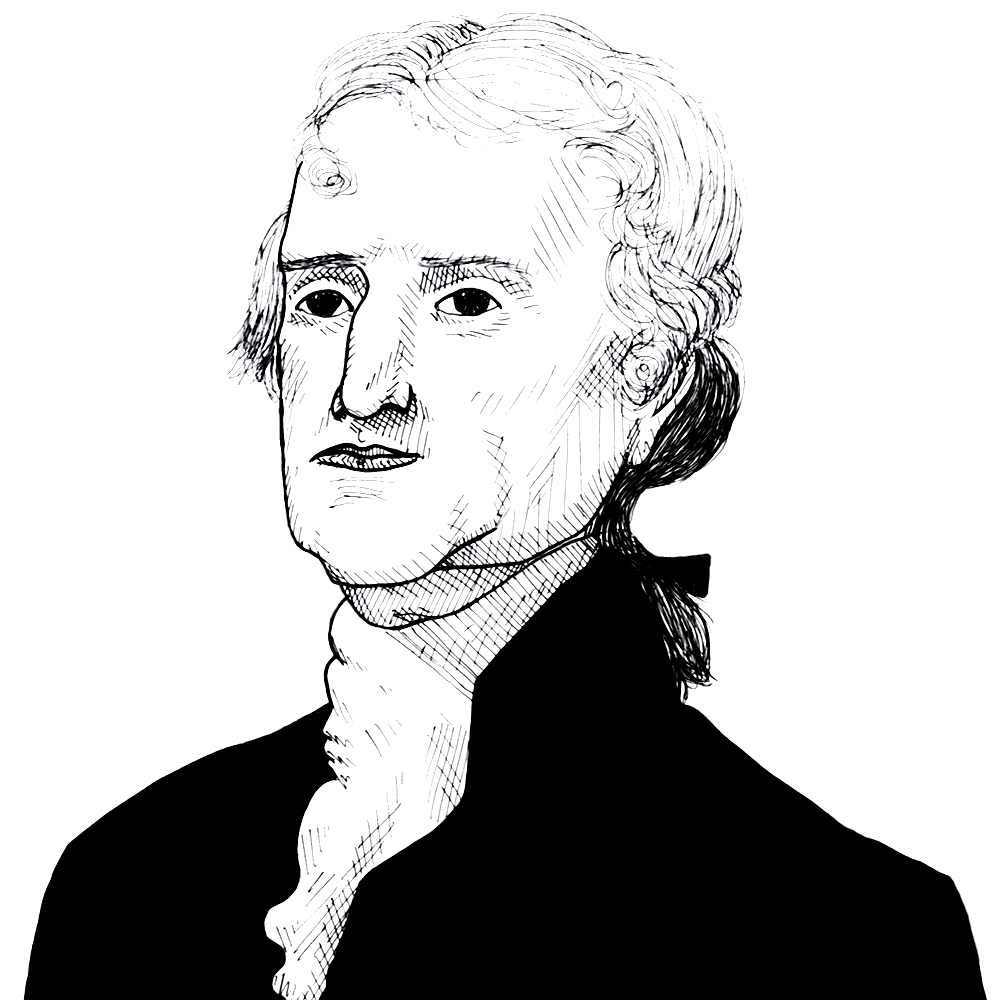The Real Lincoln: A New Look at Abraham Lincoln, His Agenda, and an Unnecessary War, by Thomas J. DiLorenzo; When in the Course of Human Events: Arguing the Case for Southern Secession, by Charles Adams
(snip)
DiLorenzo and Adams regard Lincoln, like Alexander Hamilton, Henry Clay, and Daniel Webster before him, as a one-dimensional politician whose "real agenda" was to create a mercantilist economic order of central banking, discriminatory taxation for the protection of northern industry, and corporate-welfare subsidies (internal improvements). In this interpretation Lincoln was a mythical "great emancipator," a racist white supremacist who did not really care about the well being of Negro slaves. His abiding ambition was "the consolidation of state power"(DiLorenzo, 53).
It is not that a case cannot be made analyzing Lincoln's career from a public choice perspective that views the exercise of political power through the lens of economic calculation. It is that the dogmatic, undiscriminating libertarianism of these authors precludes any realistic consideration of the complexity of political life as it manifestly appears in the historical record. Methodologically, this takes the form of substituting mere assertion for documentary evidence. DiLorenzo, for example, describing Lincoln's "real agenda," writes: "In virtually every one of the Lincoln-Douglas debates, Lincoln made it a point to champion the nationalization of money and to demonize Jackson and the Democrats for their opposition to it" (68). This will come as a surprise to anyone familiar with the debates, which were primarily concerned with the slavery question and matters related to it.
Perhaps the clearest illustration of the kind of reasoning upon which these accounts depend can be seen in the discussion of the secession crisis. Both authors claim that Lincoln provoked the South into war in order to adopt a protective tariff policy favoring northern business interests. Proof of his motivation is found in a statement from Lincoln's first inaugural address, that "The power confided to me, will be used to hold, occupy, and possess the property, and places belonging to the government, and to collect the duties and imposts; but beyond what may be necessary for these objects, there will be no invasion—no using of force against, or among, the people anywhere." According to DiLorenzo, this means that "To Lincoln, slavery was just another political issue subject to compromise. But protectionist tariffs—the keystone of the Republican Party—were nonnegotiable" (237).
To be sure, the tariff laws were profoundly significant, and not simply because of the economic significance of tax revenues for the support of government. Rather law enforcement was an essential attribute of the struggle over national sovereignty, which was the underlying issue in the slavery controversy. Secession elevated that conflict into public view as the paramount issue in American politics. Secession forced a showdown, and neither side was willing to compromise. The stand-off can be regarded from a neutral perspective that accords moral equivalence to the rival claims of Union and Confederate nationality. It is a strangely ahistorical kind of libertarianism, however, as illustrated in these books, which judges enforcement of the law of a slave-based society to be morally superior to that of a free-labor society.








